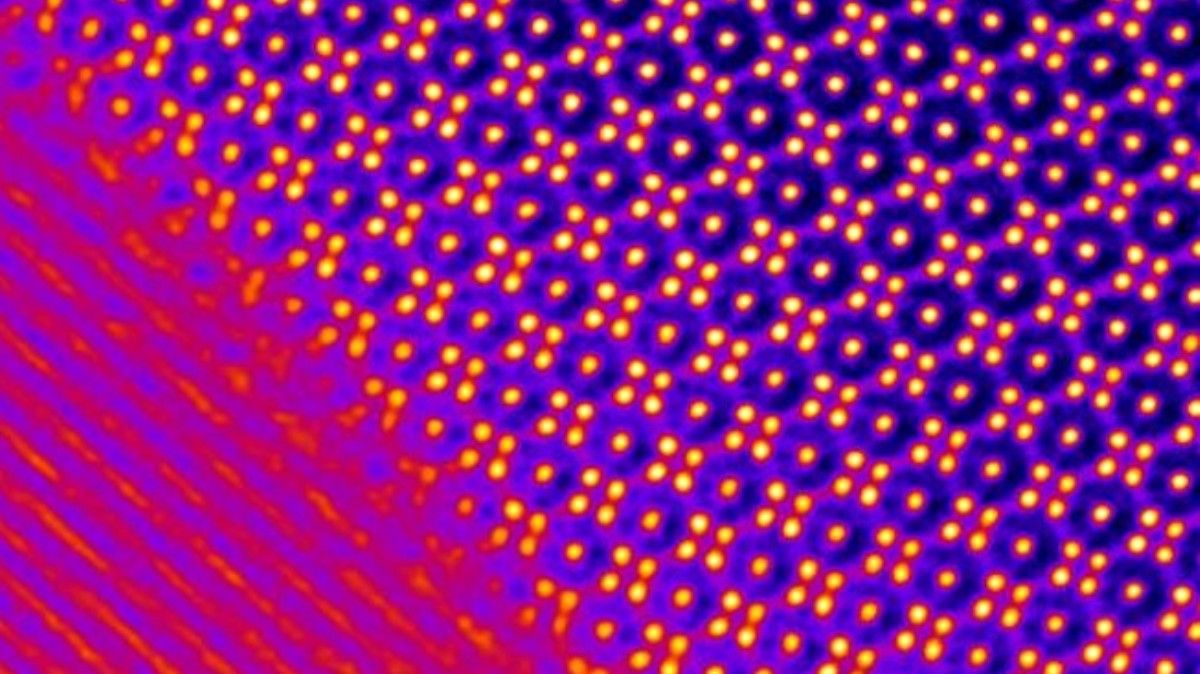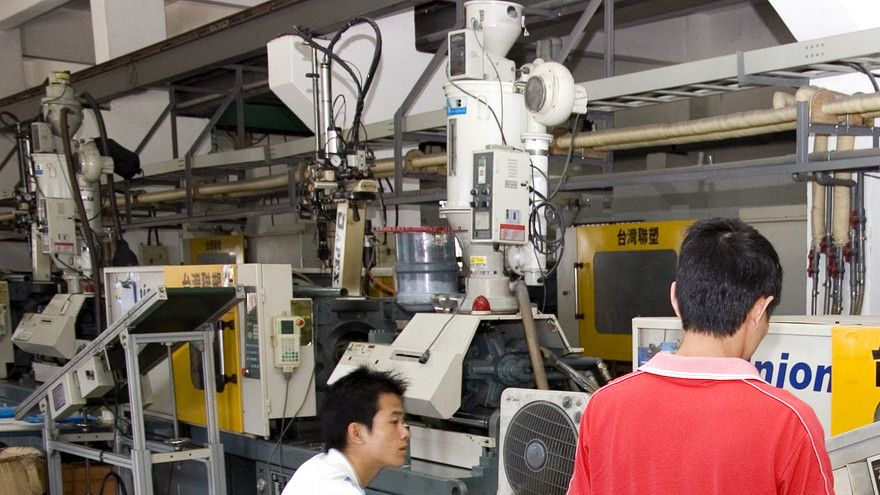 In a recent feature article at The clubof.info Blog called “Striving to be Snowdenlike”, I look at the example of Edward Snowden and use his precedent to make a prediction about “transhumans”, the first people who will pioneer our evolution into a posthuman form, and the political upheaval this will necessarily cause.
In a recent feature article at The clubof.info Blog called “Striving to be Snowdenlike”, I look at the example of Edward Snowden and use his precedent to make a prediction about “transhumans”, the first people who will pioneer our evolution into a posthuman form, and the political upheaval this will necessarily cause.
Transhumanism makes a prediction that people will obtain greater personal abilities as a result of technology. The investment of more political power (potentially) in a single person’s hand’s has been the inexorable result of advancing technology throughout history.
Politically, transhumanism (not as a movement but as a form of sociocultural evolution) would be radically different from other forms of technological change, because it can produce heightened intellect, strength and capability. Many have assumed that these changes would only reinforce existing inequality and the power of the state, but they are wrong. They have failed to note the political disconnect between current government authority figures and political classes, and those people actually involved in engineering, medicine, military trials, and the sciences. Transhumanism will never serve to reinforce the existing political order or make it easier for states to govern and repress their people. On the contrary, transhumanism can only be highly disruptive to the authorities. In fact, it will be more disruptive to current liberal democratic governments than any other challenge they have witnessed before.
There are several realities to this disruption that will convey a profound political change, and would do so whether or not transhumanism pursued political power in the form of the Transhumanist Parties (I still support those parties wholeheartedly due to their ability to raise awareness of transhumanism as a concept and an observation by futurists) or took a political stance for or against these realities. I would narrow the disruption down to these very compelling points of political significance. Please advise any more that you would like to bring to my attention:
Continue reading “The wars of one: transhumans will finish what hackers and whistleblowers started” »


 In a recent feature article at The clubof.info Blog called
In a recent feature article at The clubof.info Blog called 










